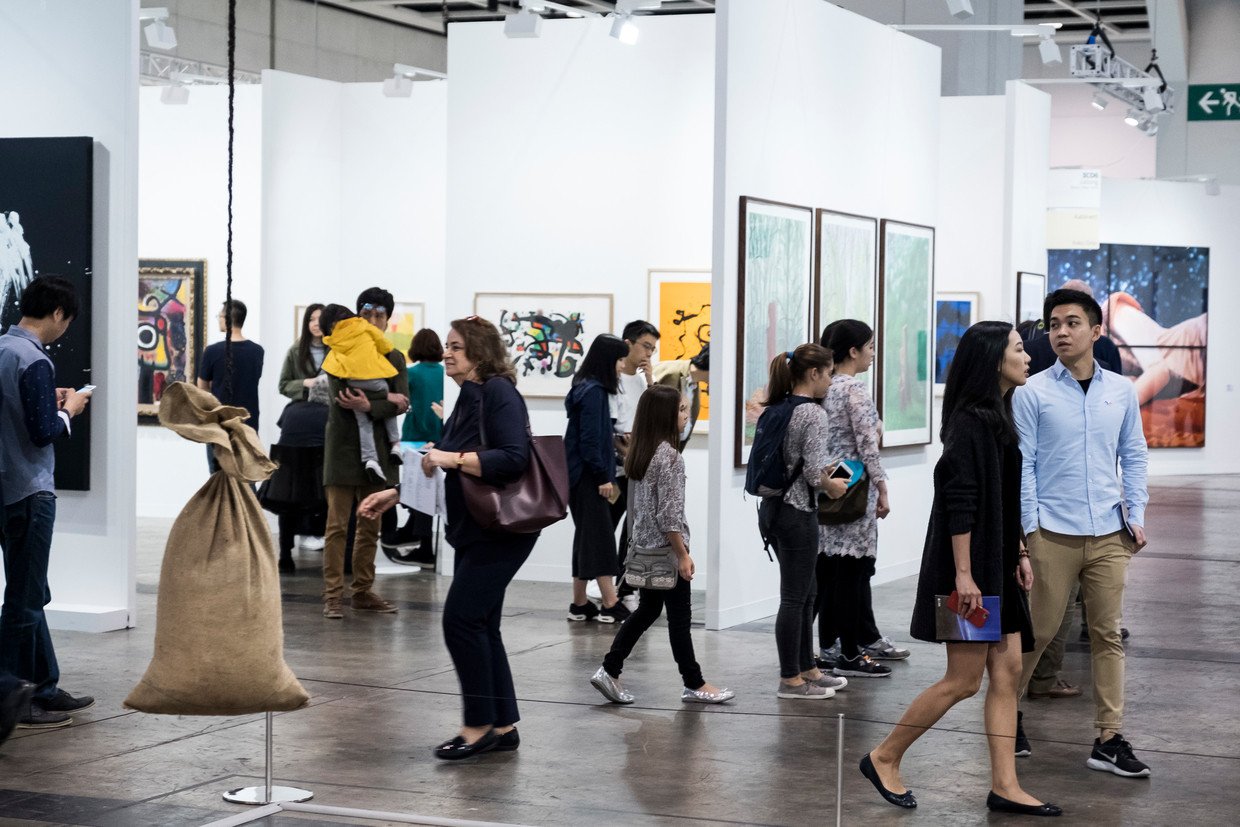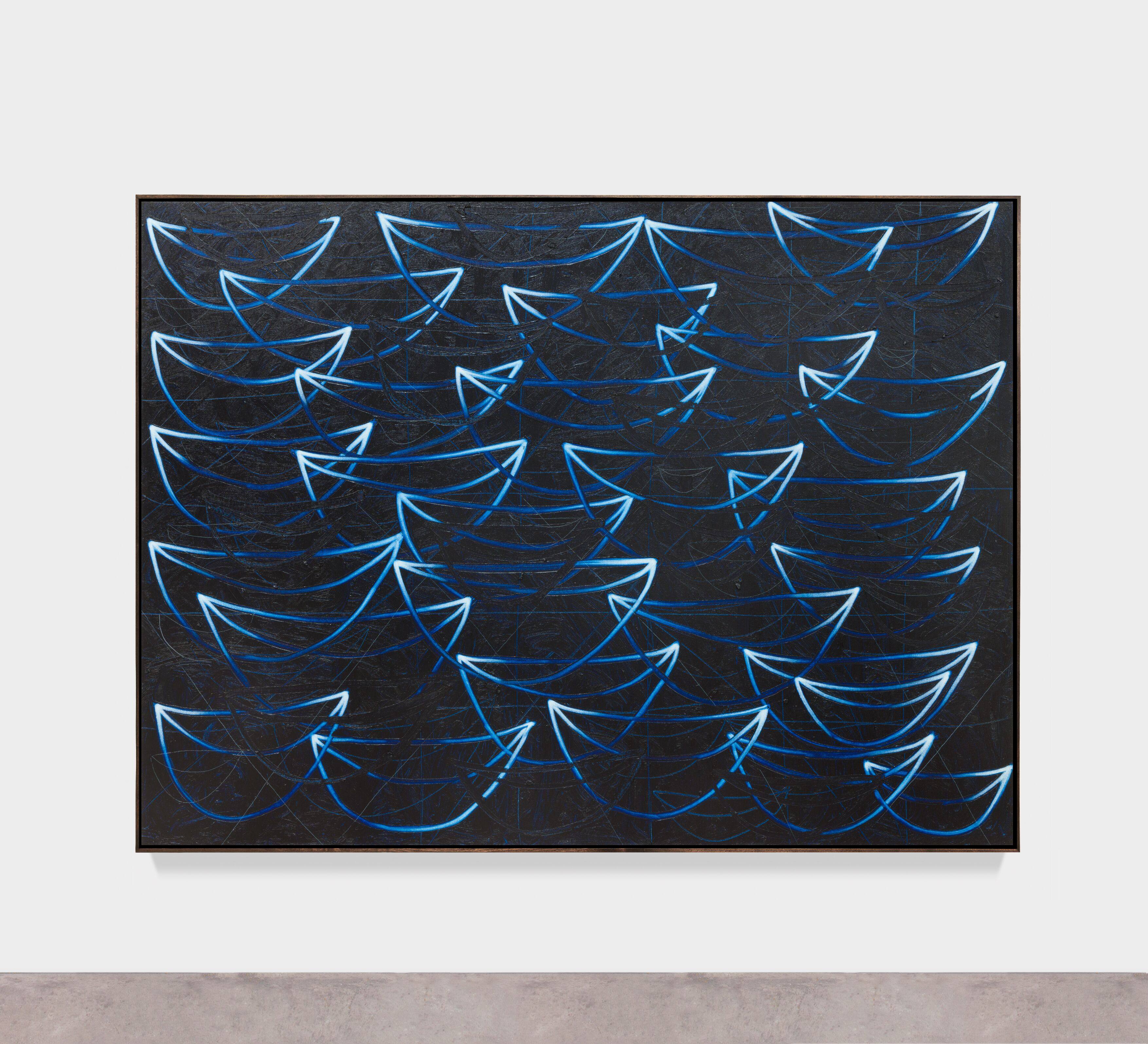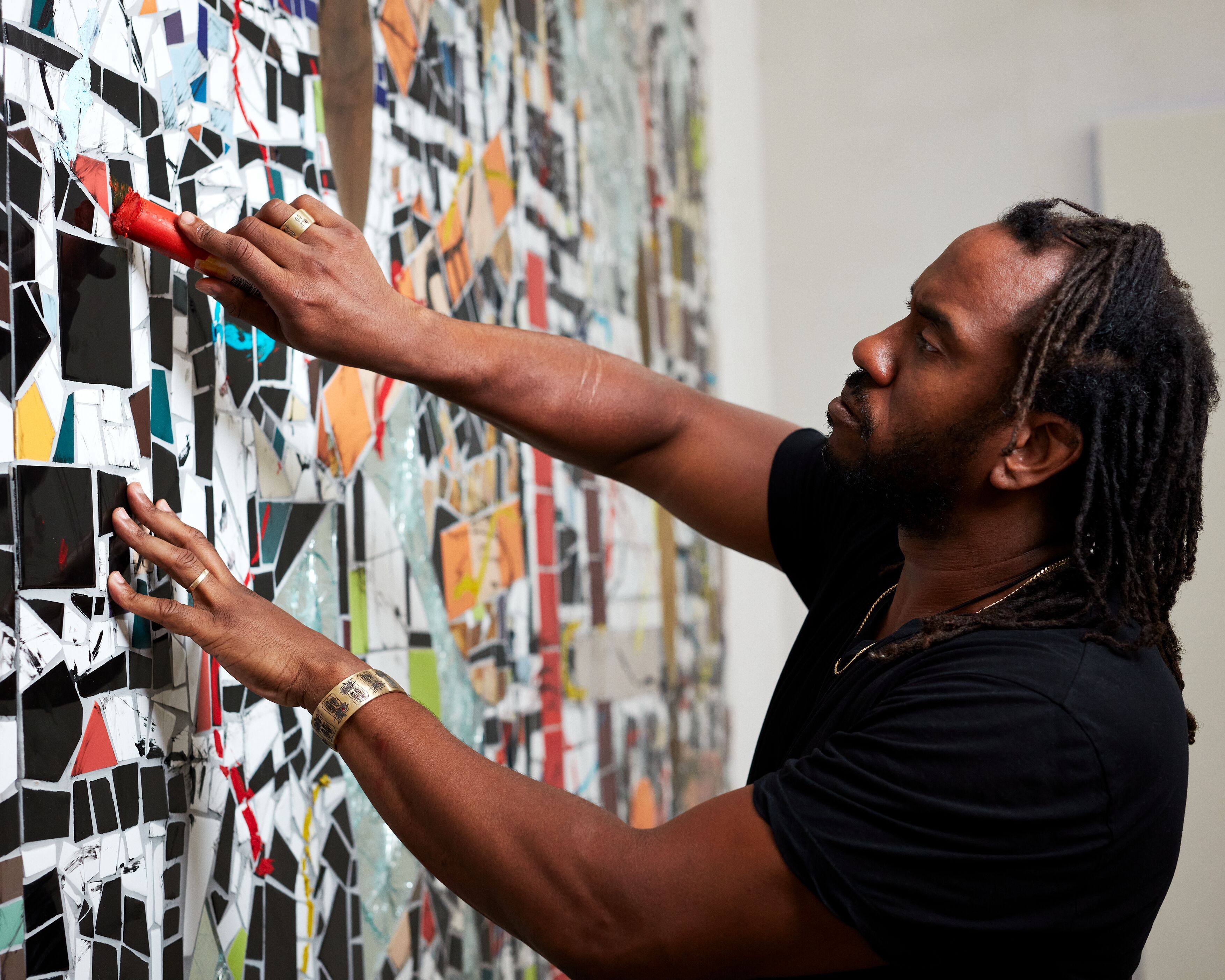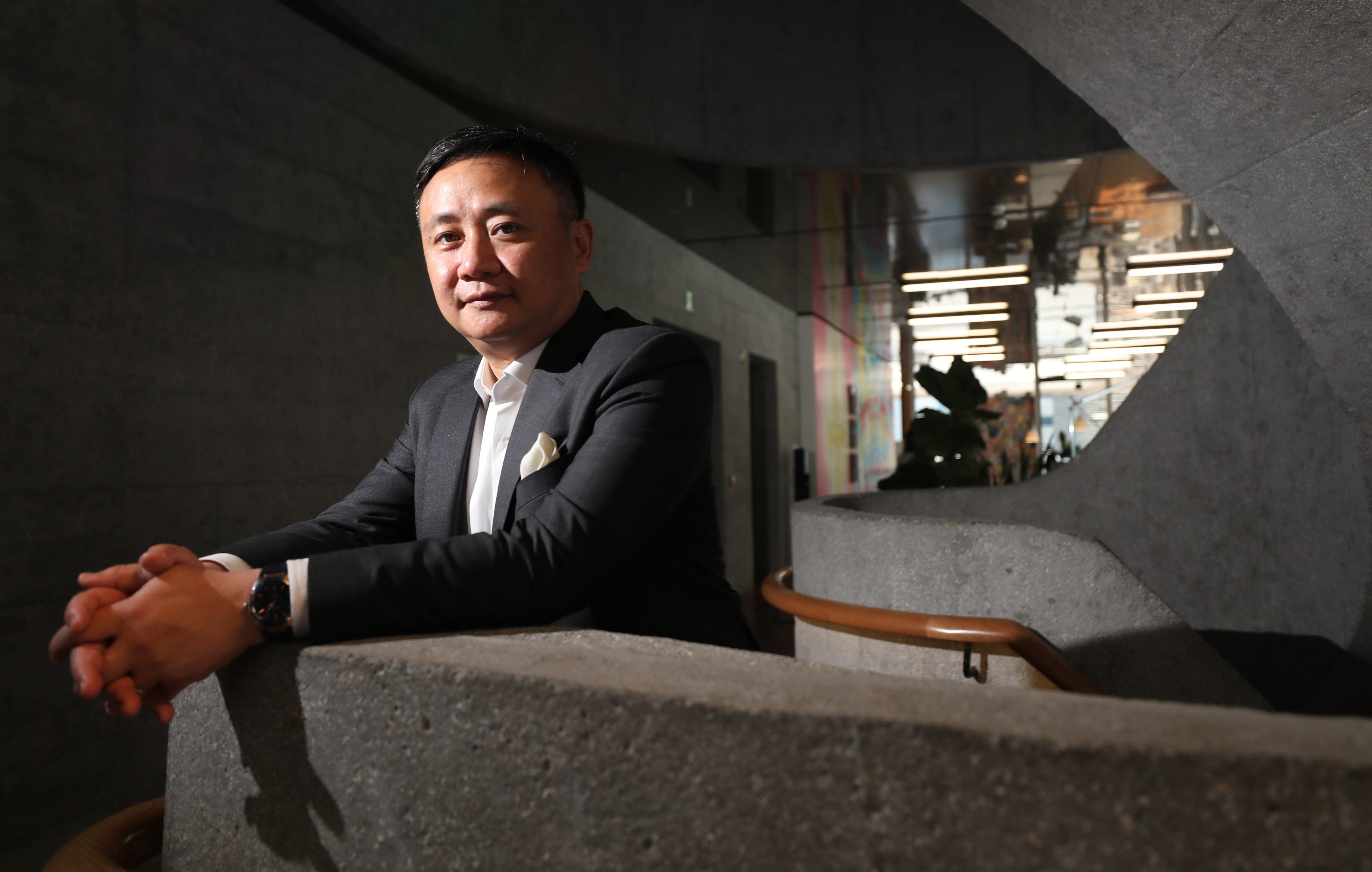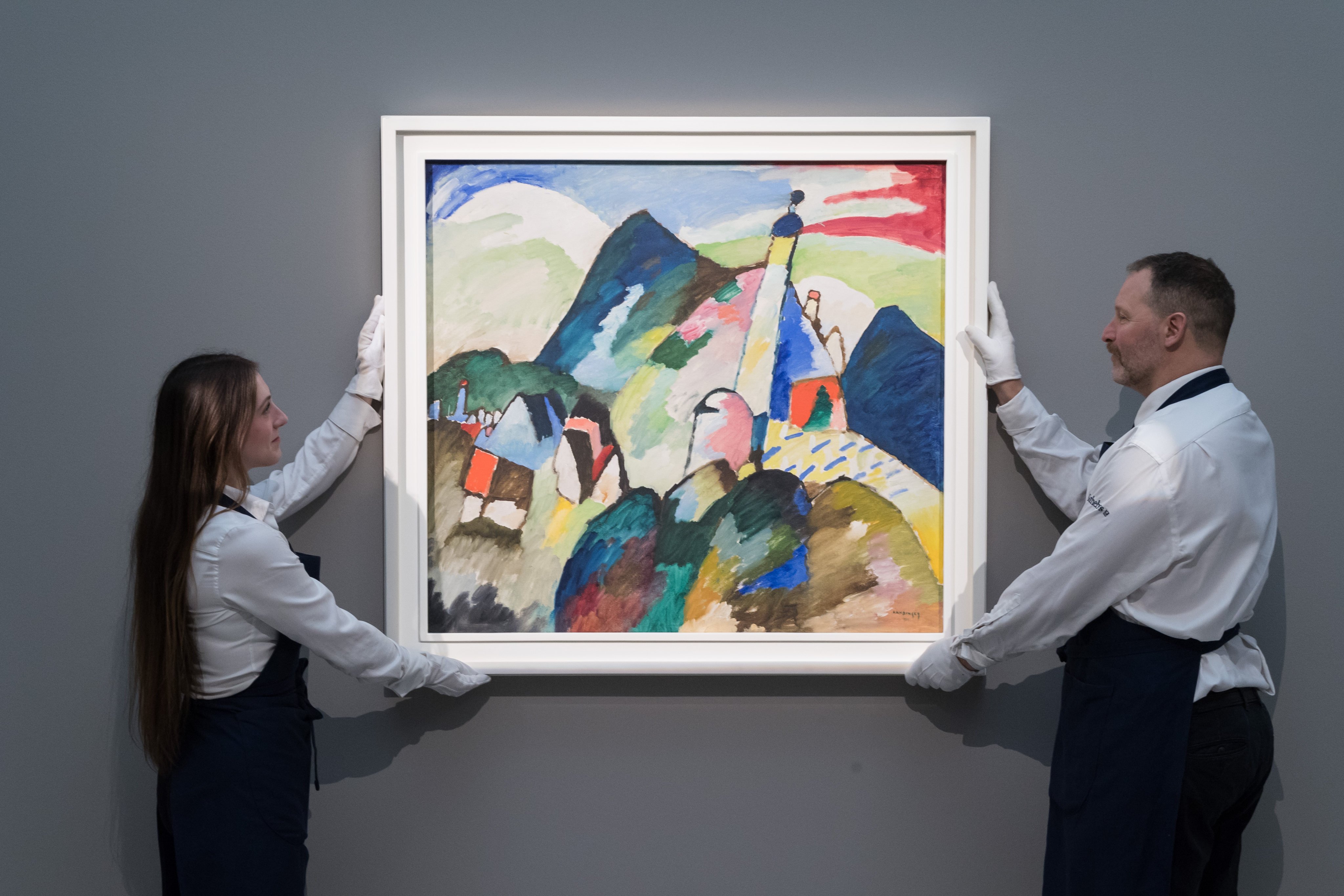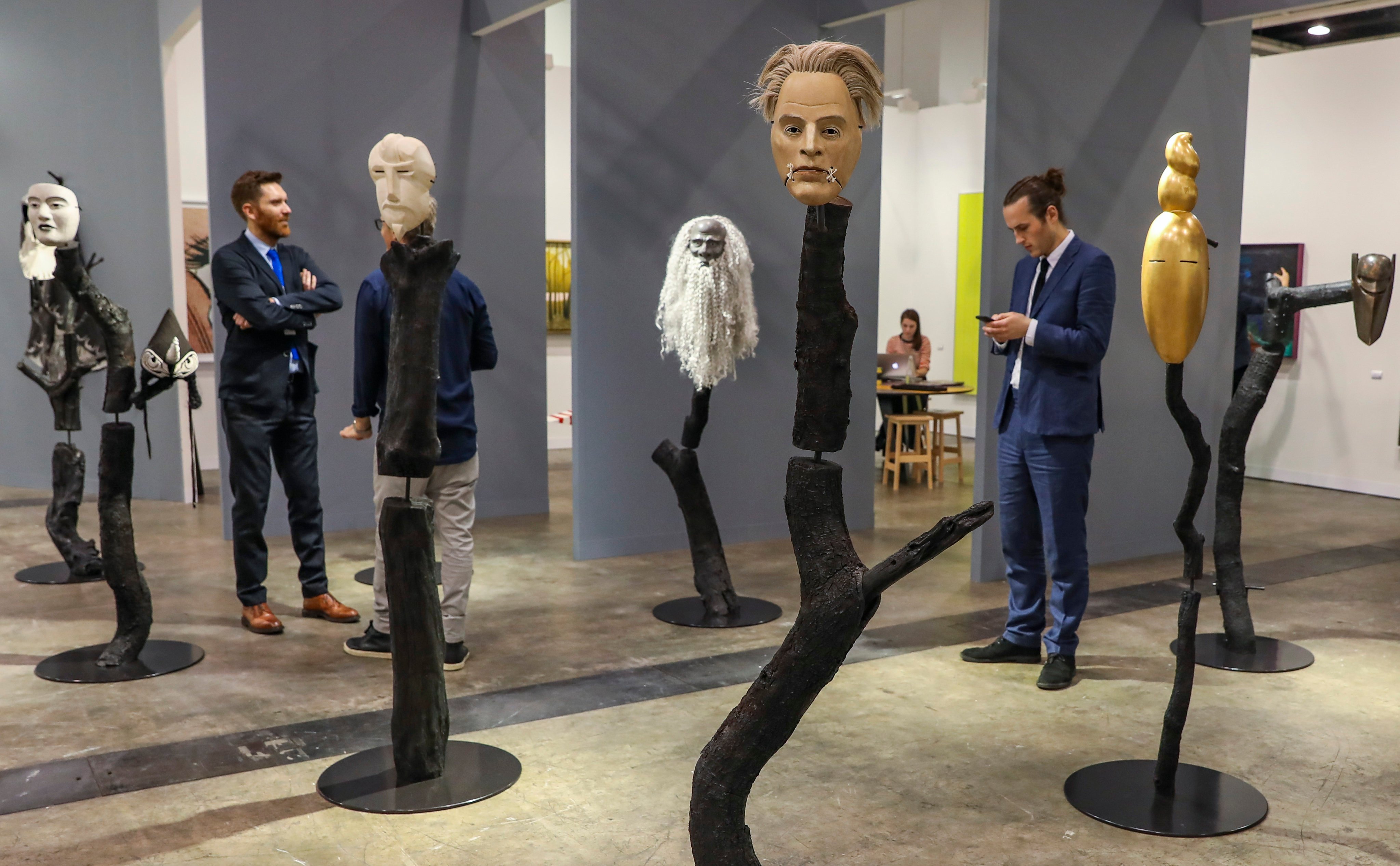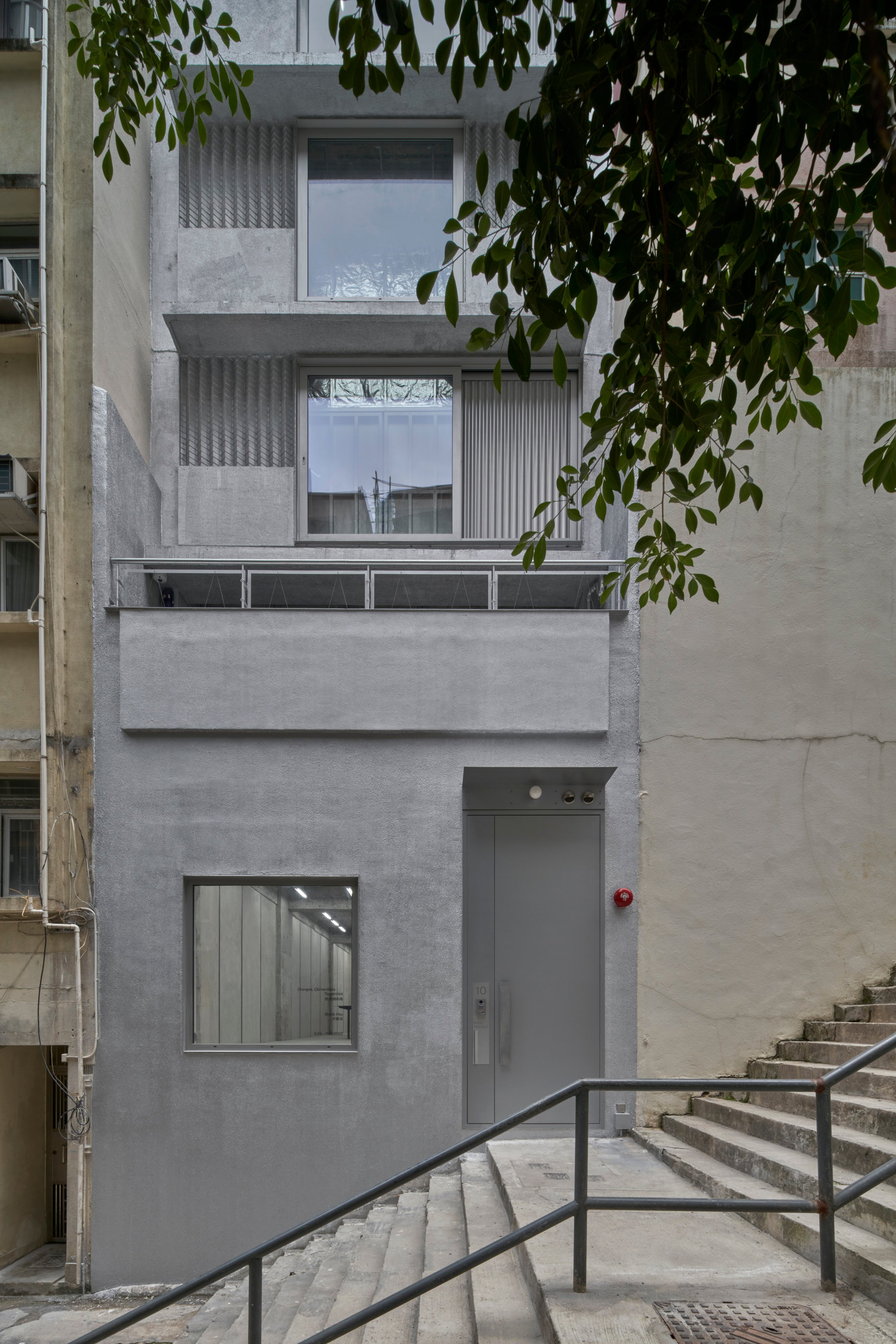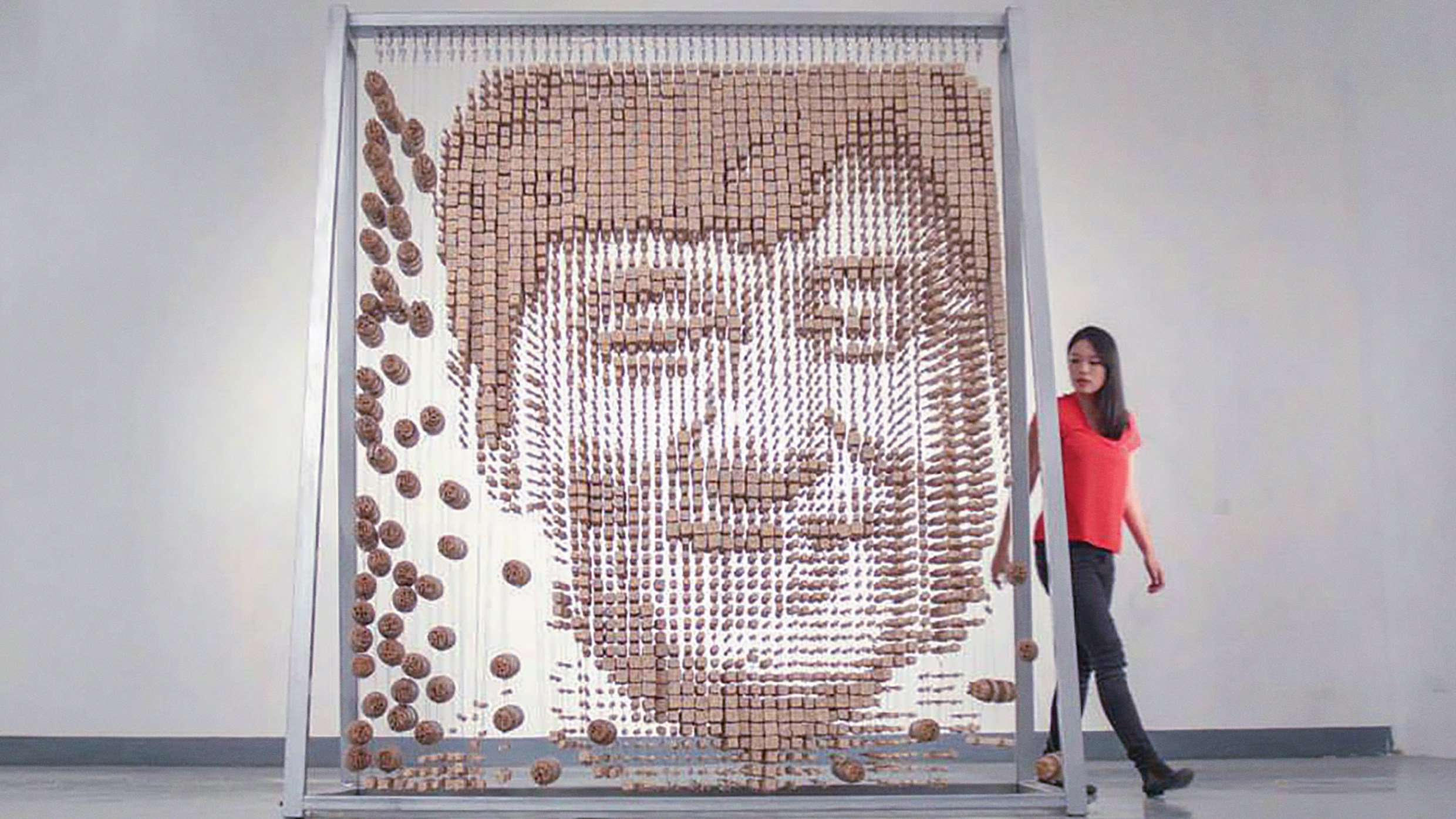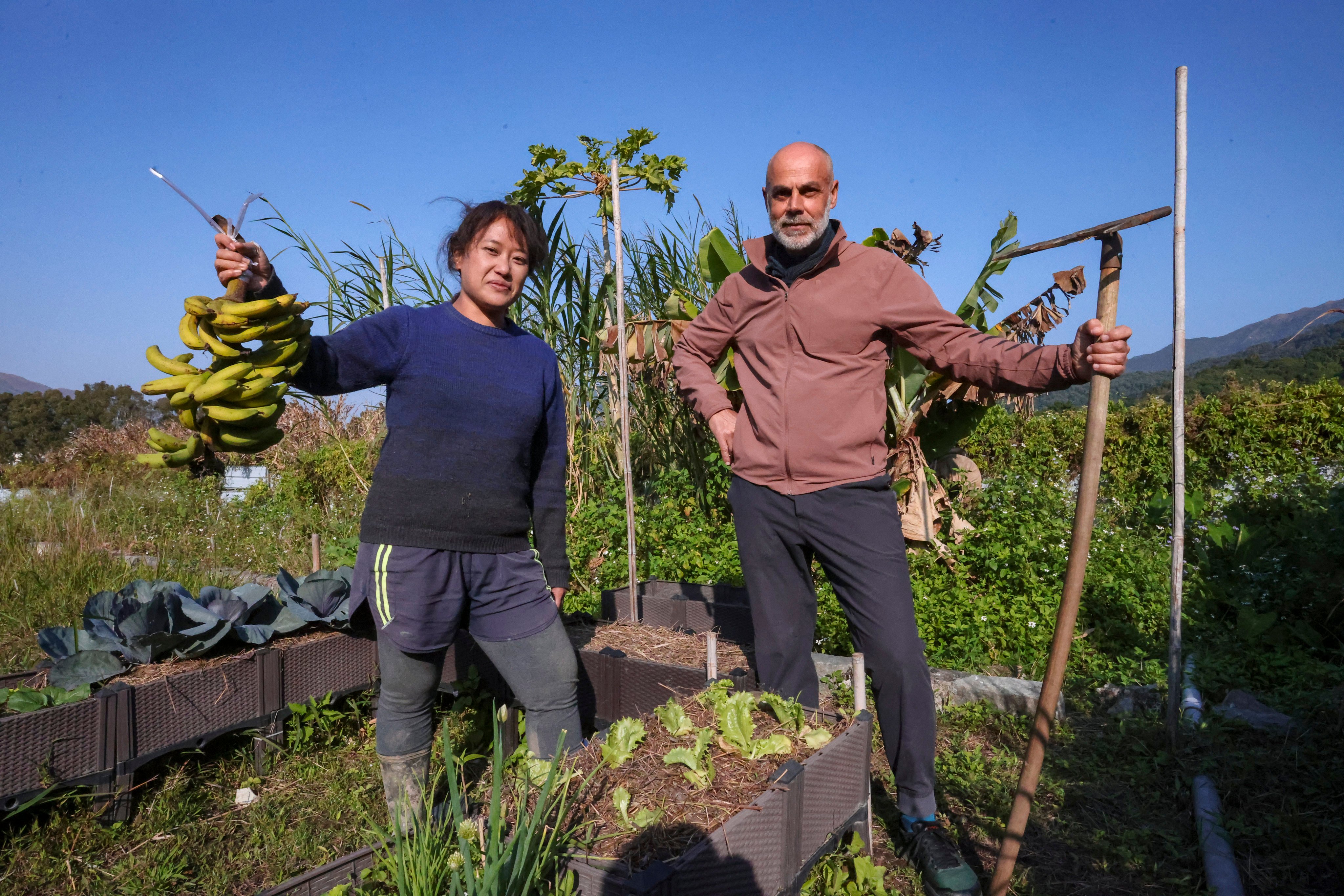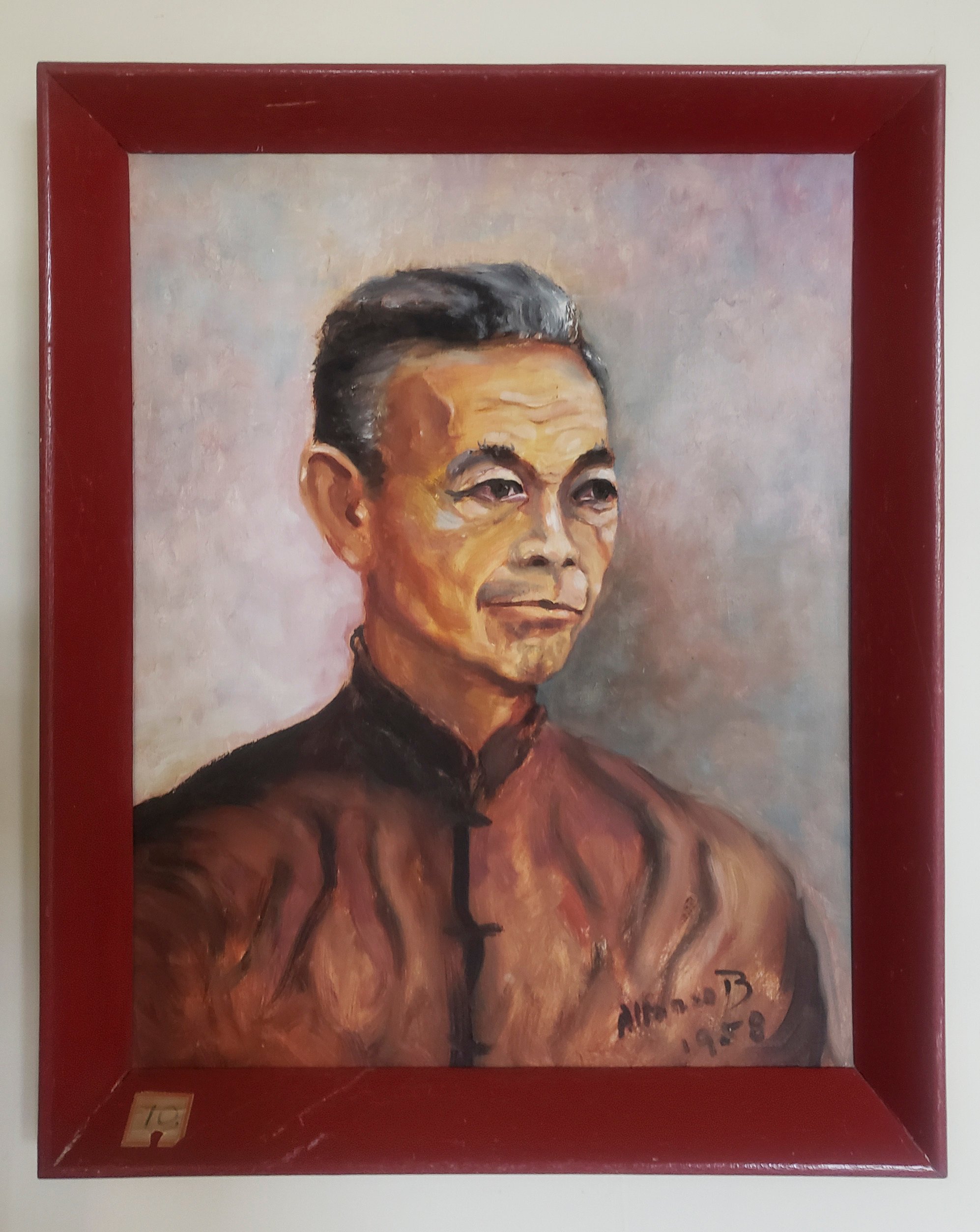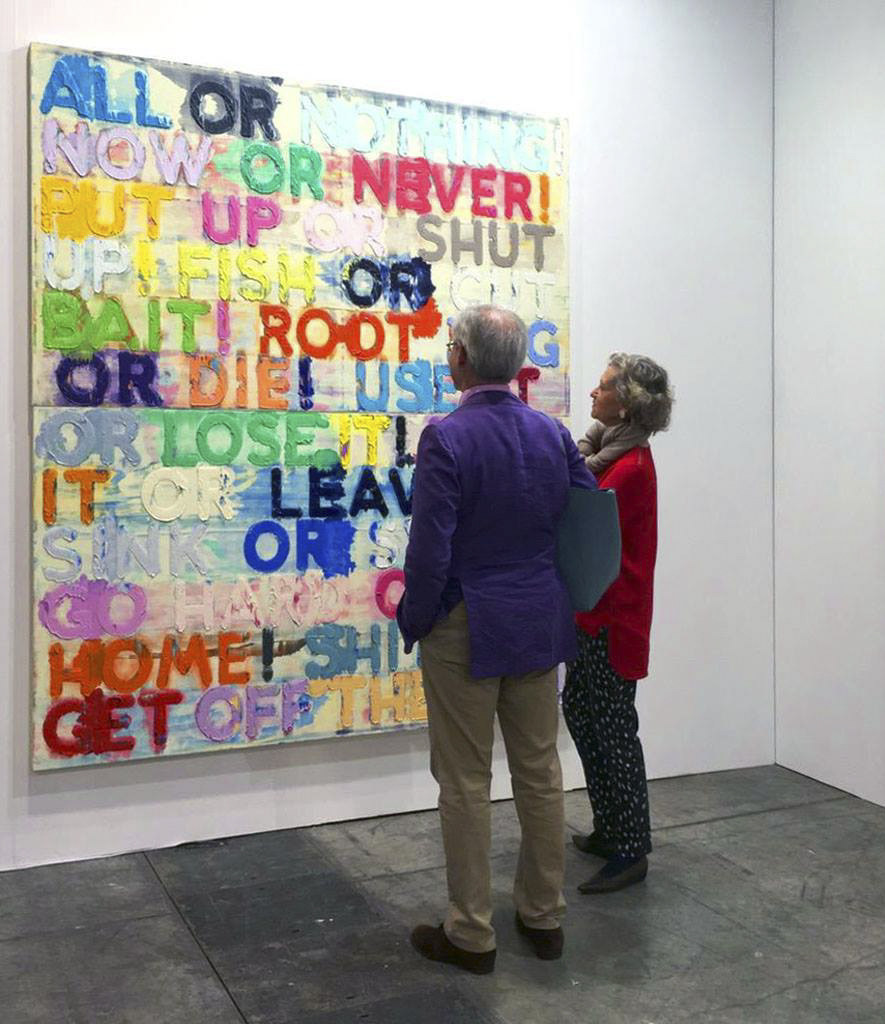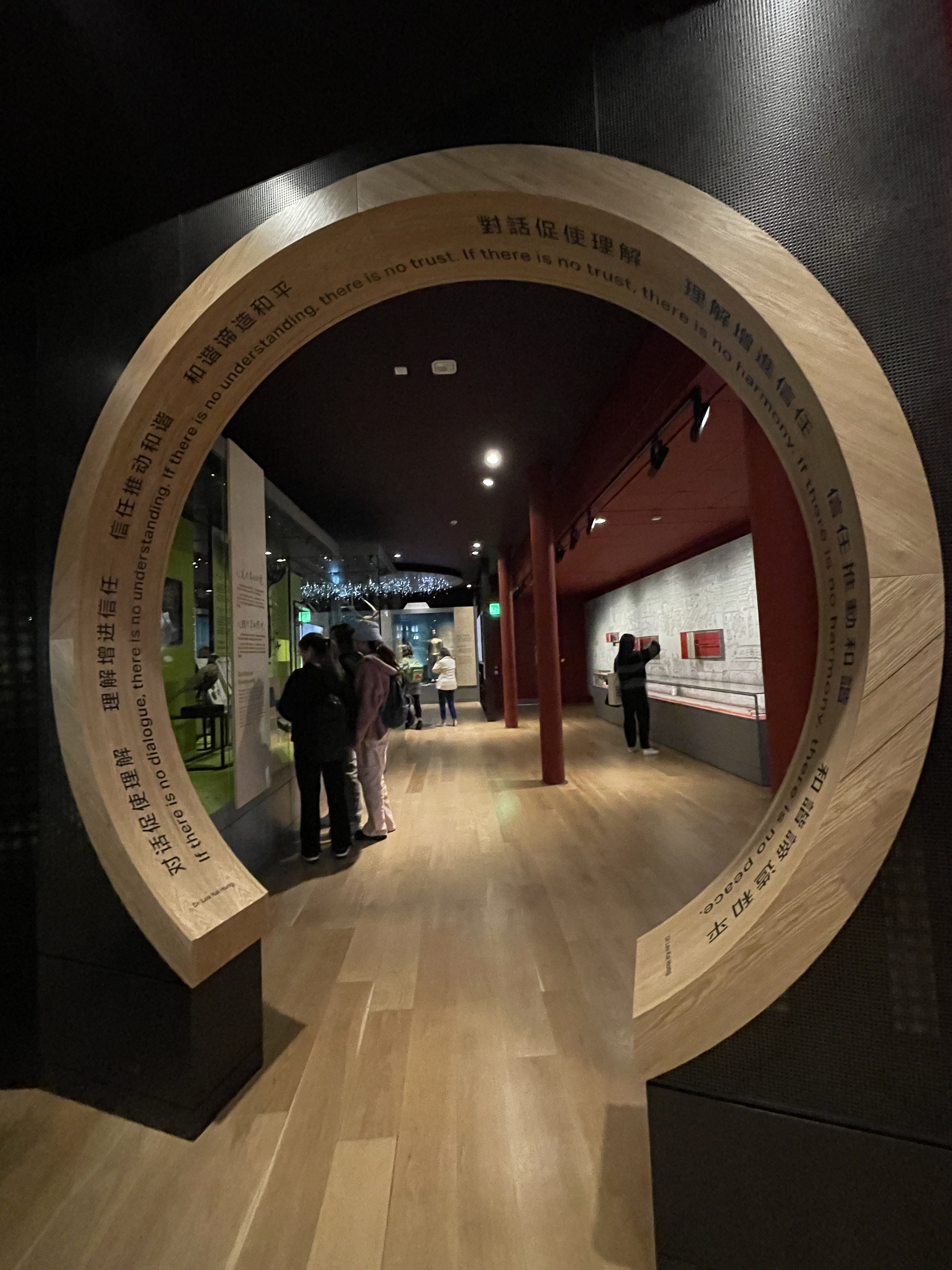American artist Rashid Johnson on his creative journey, ahead of first Asian solo show in Hong Kong
- With his first Asian solo exhibition about to open in Hong Kong, Rashid Johnson paints a picture of his artistic journey as we look at his work over the years

The first time Rashid Johnson, born in Chicago, in the United States, in 1977, went in search of his African roots was when he was 19. He was an art student at Columbia College Chicago, curious, but also anxious.
“Something to do with my adolescence, I think – how I grew up, where I grew up – led me to having a little more anxiety than other people,” he says on a chilly January morning in his New York studio.
He often describes its 15,000 square feet (1,400 square metres) as his sanctuary, his safe space, his comfort zone. The street even shares his name: it’s called Johnson, too.
Still underage he’d flown to Senegal, chosen simply because his mother – Dr Cheryl Johnson-Odim, then chair of the history department at Loyola University, Chicago, the first woman and first African-American in that role – had a friend who knew a guy who ran a school in the capital, Dakar.

Johnson, who had grown up in an “Afrocentric” environment, was looking for “his personal origin story”, and says the trip helped him understand aspects of it. But he also saw – as travellers from a diaspora sometimes do when they time-travel to their roots – how ordinary objects back at the wellspring (eg soap, moisturiser, hair products) have been reverently adopted as totems by subsequent generations.
Johnson, who would become known for using shea butter and African black soap in his work, was struck by what he calls this “hybridity”.
